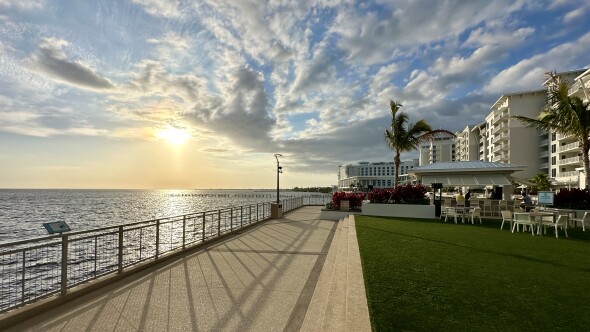Like many Americans, I typically wind down my workday somewhere in the neighborhood of 5 to 6pm And like many golfers, that means I spend half the year with little to no weekday time to hone my game unless I sneak off to the driving range around 4:15. I do this occasionally. Don't tell Brandon, okay?
Soon, I won't have to confront that twinge of guilt of knocking off early in order to hit balls, putt, chip and/or get in a speedy nine holes. Neither will my fellow golf nuts in places where the winter hasn't put the kibosh on the game so far this year, time be damned. Daylight saving time begins this Sunday, pushing sunset all the way to 7:27pm here in Vero Beach. I wish it was daylight saving time all year round, and I'm not the only one.
Daylight saving time activates one of the avid golfer's favorite concepts: twilight rates. Most courses knock a hefty percentage off their rack rates after 2pm or 3pm or so, depending on sunset times. And in-the-know golfers get a double reward for their late-day rounds, because not only is twilight golf cheaper, late afternoon is often the best time to play. I have happy memories from dozens of sun-racing rounds at Wintonbury Hills Golf Course and Gillette Ridge Golf Club in Bloomfield, Conn. Gillette Ridge had an incredible "Moonlight" (5pm or later) rate my friend Adam and I took advantage of many times. That late in the day, the wind lays down, hot midday temperatures subside and there's just something beautiful about the shadows that fall across the course. There's a reason the "Golden Hour" is at the end of the day, not the beginning.




































I'm set up for Sunday, in fact if the weather cooperates I'm gunning for 36.